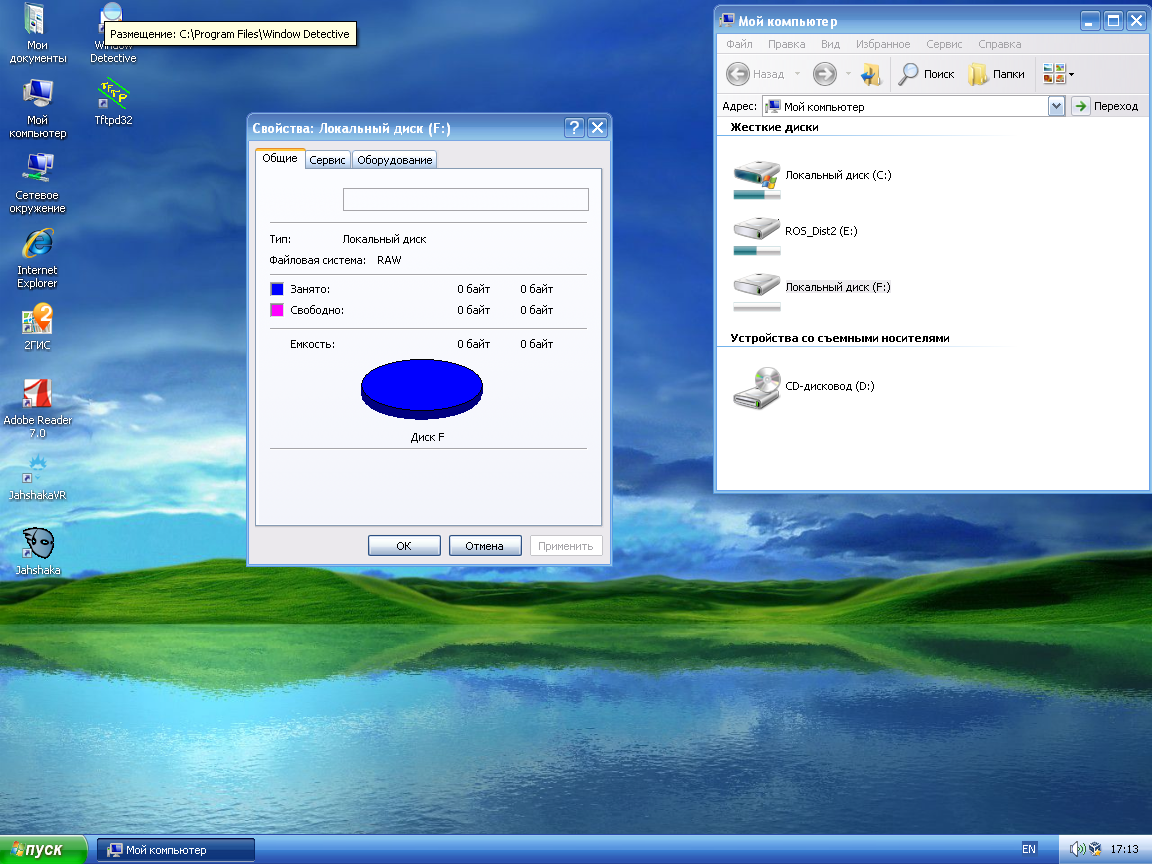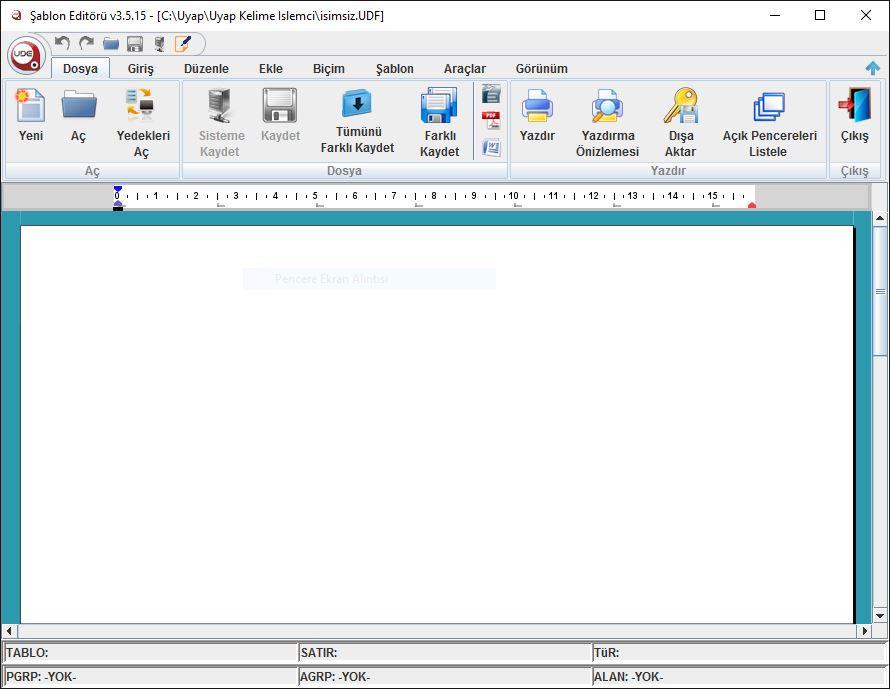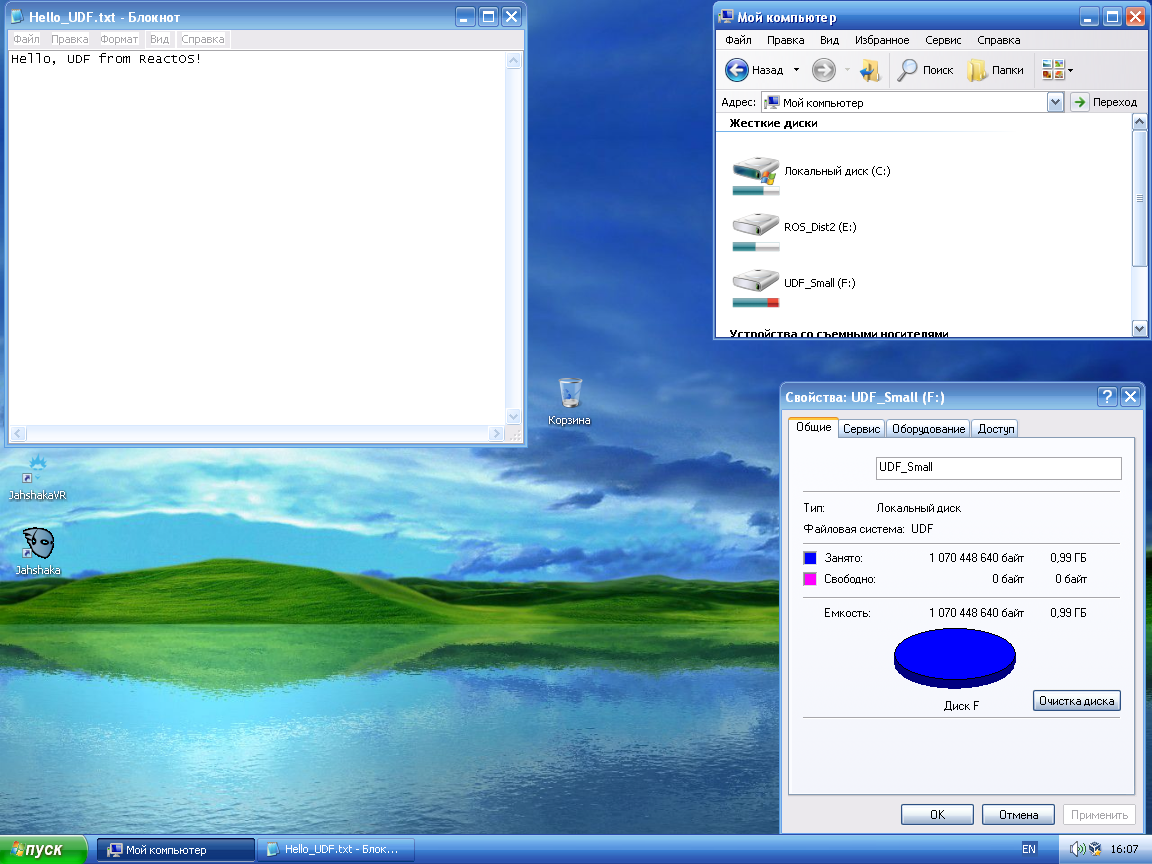

In summary, UDFs are great tools to do complex business logic as part of queries.Applies to: SQL Server Azure SQL Database Azure SQL Managed Instance

The result is seamlessly incorporated in the overall execution pipeline. The API for NoSQL provides the arguments to the UDFs for each source item at the current WHERE or SELECT clause stage of processing. UDFs provide a rich programmable interface to do complex procedural, conditional logic with the help of built-in JavaScript runtime capabilities. Similarly, if the result of the UDF is undefined, it's not included in the result.Īs the preceding examples show, UDFs integrate the power of JavaScript language with the API for NoSQL. If the properties referred to by the UDF parameters aren't available in the JSON value, the parameter is considered as undefined and the UDF invocation is skipped. The following example exercises the UDF: SELECT f.address.city, udf.SEALEVEL(f.address.city) AS seaLevel UserDefinedFunction createdUdf = await client.CreateUserDefinedFunctionAsync( To expand on the power of UDFs, look at another example with conditional logic: UserDefinedFunction seaLevelUdf = new UserDefinedFunction() In essence, UDFs are valid scalar expressions that you can use in both projections and filters. prefix inside a filter, as in the following example: SELECT Families.id,

You can use the UDF qualified with the udf. You must qualify UDFs with the case-sensitive prefix udf. UriFactory.CreateDocumentCollectionUri("myDatabase", "families"), UserDefinedFunction createdUdf = client.CreateUserDefinedFunctionAsync( UserDefinedFunction regexMatchUdf = new UserDefinedFunction It accepts two JSON string values, input and pattern, and checks if the first matches the pattern specified in the second using JavaScript's string.match() function. The example creates a UDF whose name is REGEX_MATCH. The following example registers a UDF under an item container in the Azure Cosmos DB database. Server-side JavaScript features including user-defined functions do not support importing modules. If you must use the same UDF multiple times in a query, you should reference the UDF in a subquery, allowing you to use a JOIN expression to evaluate the UDF once but reference it many times. Combining additional filter predicates that use the index, in combination with a UDF, in the WHERE clause will reduce the number of documents processed by the UDF. UDF's do not utilize the index so evaluating the UDF will require loading documents.


 0 kommentar(er)
0 kommentar(er)
